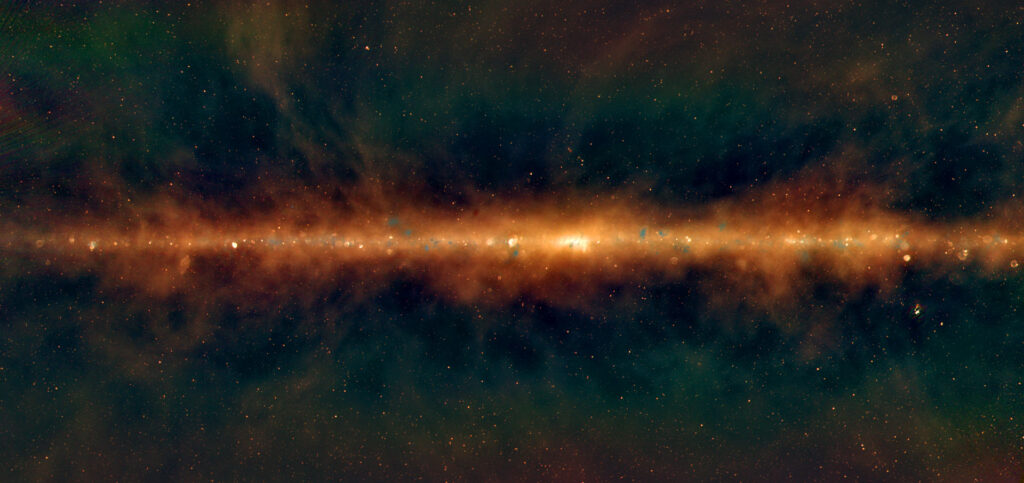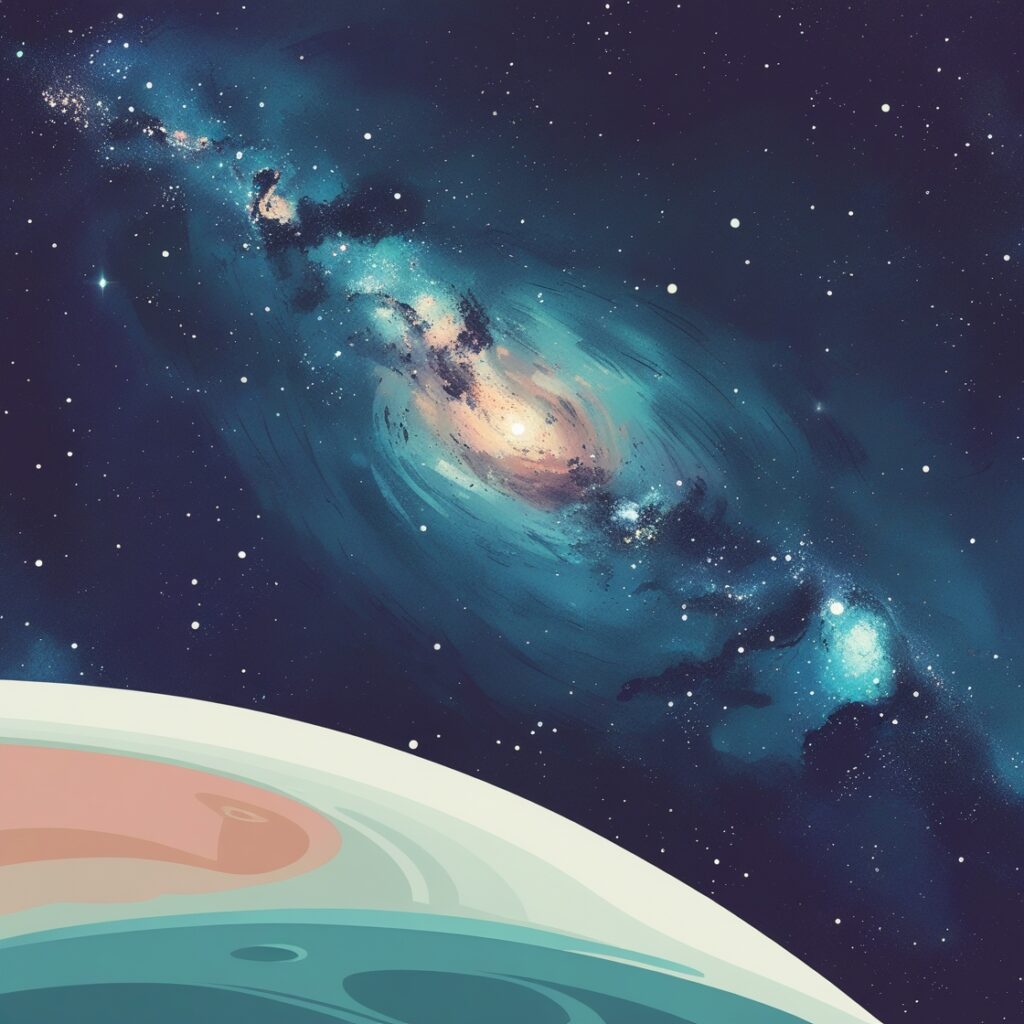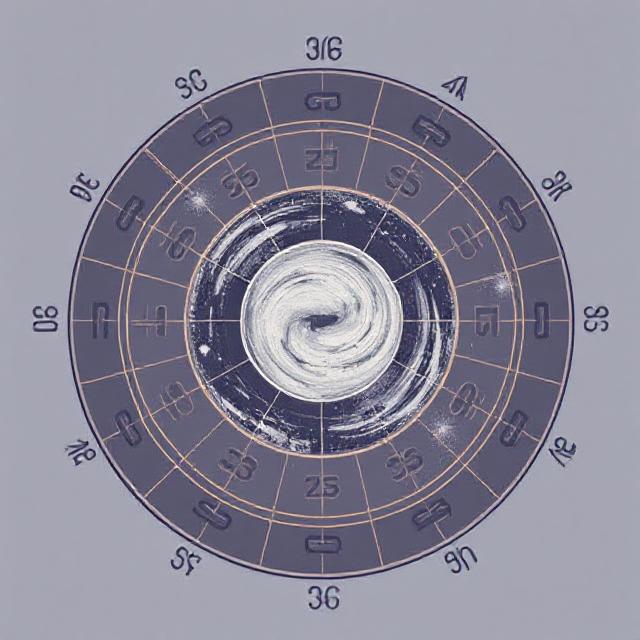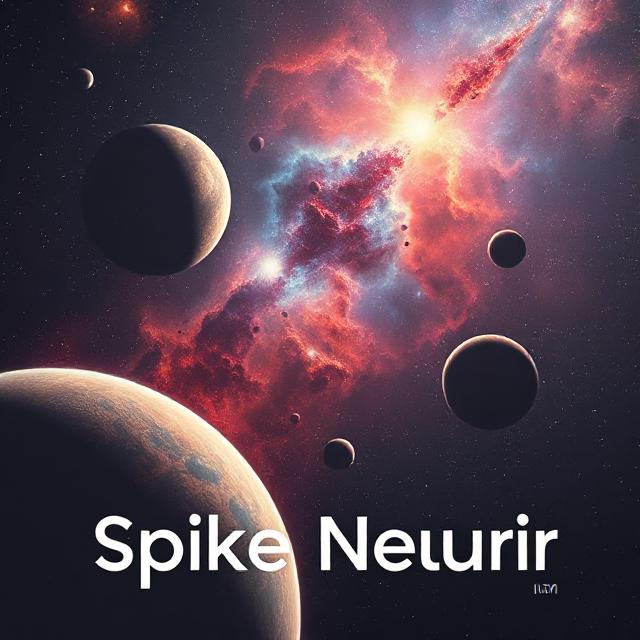Most Detailed Radio Image of Milky Way Reveals Supernova Remnants


Unveiling the Hidden Remnants of Supernovae in the Milky Way


The cosmos is littered with the vestiges of once-glorious stars. Yet, despite their expected abundance, astronomers have struggled to find as many supernova remnants as theories predict. Thanks to a powerful collaboration between two cutting-edge telescope projects, this mystery is beginning to unravel.
A Cosmic Puzzle: The Elusive Supernova Remnants
Supernova remnants are the spectacular aftermath of stellar explosions, where gas and dust expand outward, marking the death throes of a star. Curiously, the number of these remnants detected by radio telescopes falls significantly short of scientific predictions, which estimate we should find five times more than what current observations reveal.
To address this enigma, a collaborative effort between two of Australia’s leading radio telescopes is underway. The ASKAP radio telescope and the Parkes radio telescope, known as Murriyang, have joined forces to delve into this cosmic mystery.
The Interstellar Medium: A New Perspective
A recent image comparison, crafted by esteemed researchers R. Kothes and E. Carretti, showcases the impressive detail achieved by combining data from both ASKAP and Parkes. This enhanced image reveals intricate tendrils and clustered clouds of hydrogen gas, as well as previously undetected supernova remnants. In a tiny fraction of the Milky Way, scientists have discovered over 20 potential new remnants, a significant increase from the seven known before.
This breakthrough is spearheaded by PhD candidate Brianna Ball from the University of Alberta, under the mentorship of Roland Kothes from the National Research Council of Canada. Their findings are a promising step towards solving the puzzle of missing supernova remnants.
The Synergy of ASKAP and PEGASUS
The Evolutionary Map of the Universe (EMU), led by Professor Andrew Hopkins, seeks to craft the most comprehensive radio atlas of the Southern Hemisphere. This ambitious initiative will chart approximately 40 million new galaxies and supermassive black holes, enhancing our understanding of cosmic evolution.
ASKAP, an array of 36 smaller dishes functioning as a single large telescope, offers remarkable resolution. Yet, it struggles to capture radio emissions on grand scales. Enter PEGASUS, a project utilizing the 64-meter Parkes telescope to cover these larger scales. By merging data from both telescopes, researchers achieve an unprecedentedly detailed view of the Milky Way, revealing structures previously hidden from sight.
A Glimpse into the Future
This collaboration promises to unveil even more cosmic secrets. As data from EMU and PEGASUS coalesce, the scientific community anticipates uncovering around 1,500 additional supernova remnants. These discoveries will shed light on the Milky Way’s history, offering a new lens through which to explore our galaxy.
ASKAP and Parkes are integral components of the Australia Telescope National Facility, operated by CSIRO, Australia’s national science agency. CSIRO honors the Wajarri Yamaji people and Wiradjuri people as the Traditional Owners of the lands housing these observatories.
By piecing together this cosmic puzzle, these astronomers are not only mapping the universe but also expanding the horizons of human knowledge.










